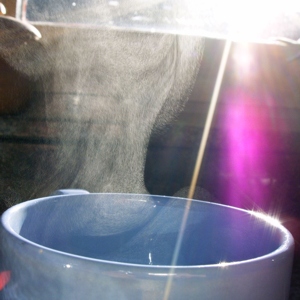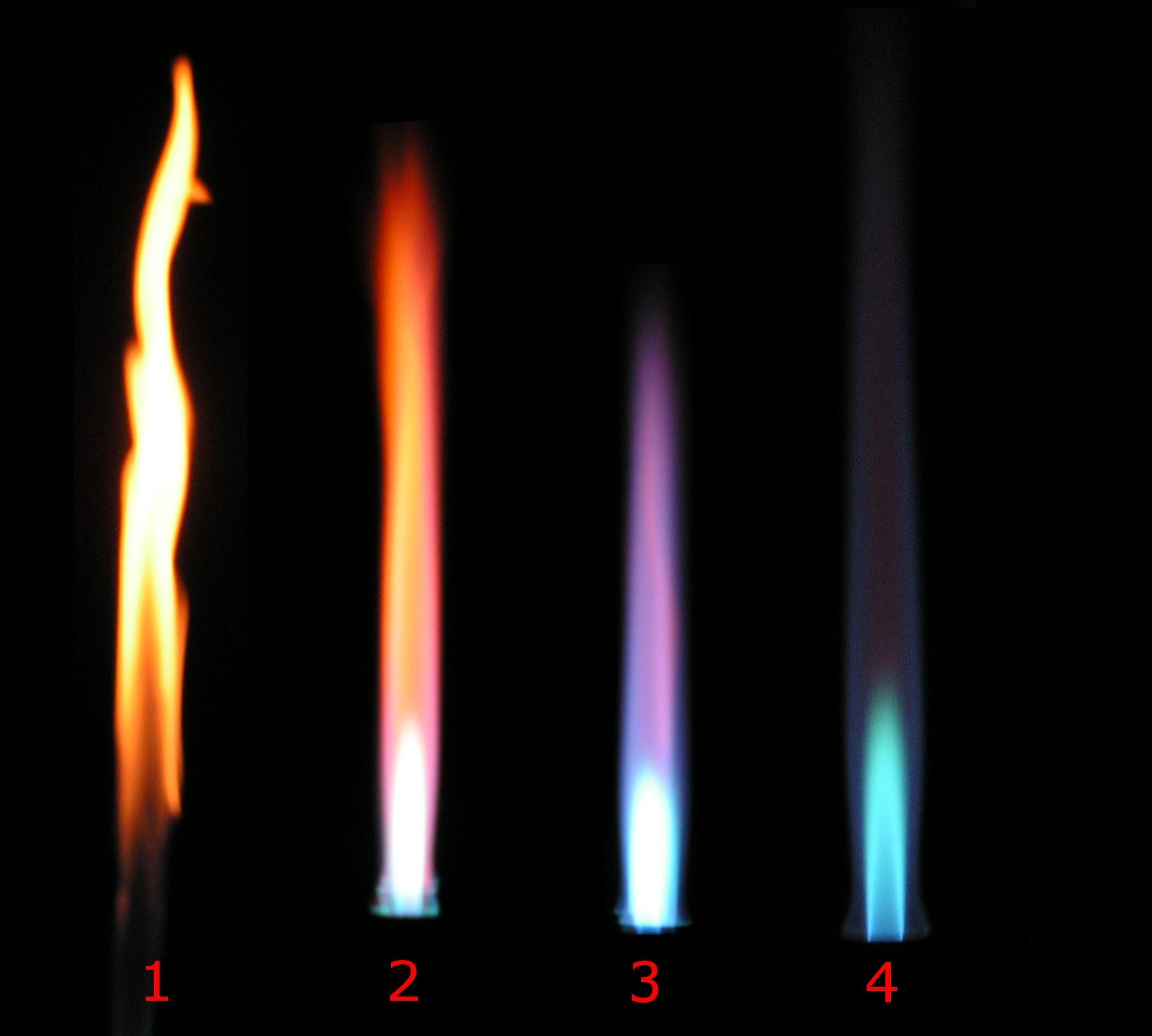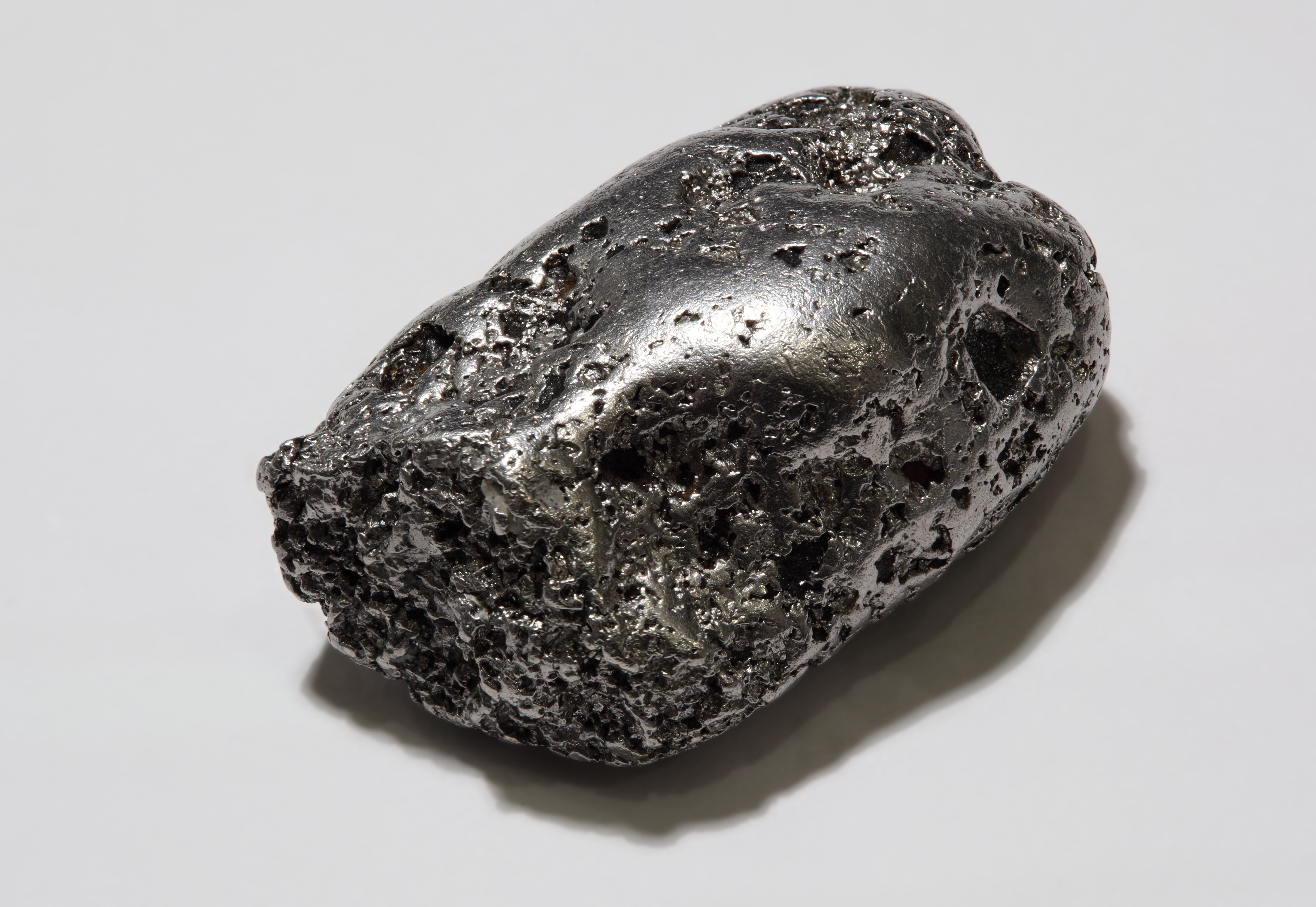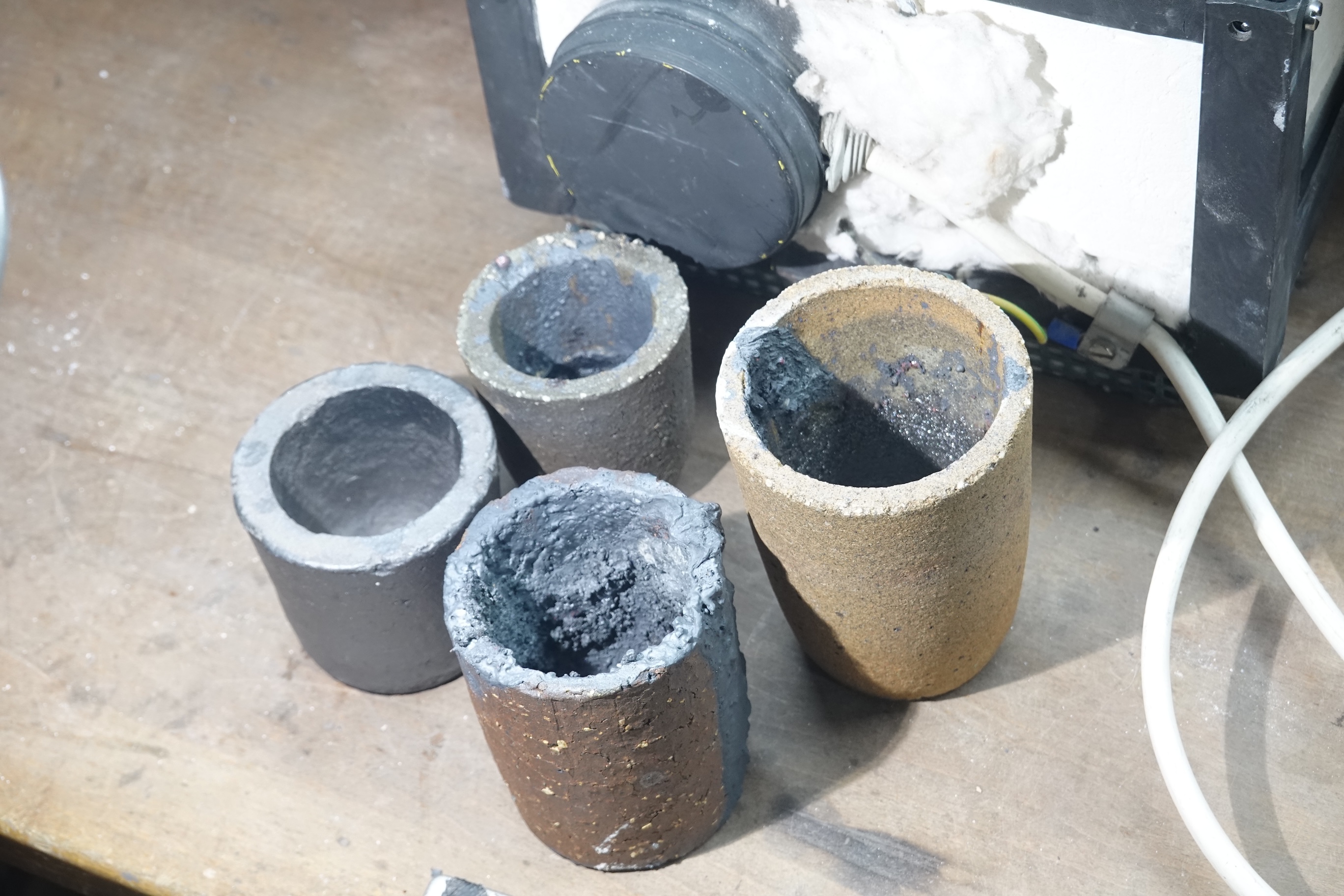|
Evaporating Dish
An evaporating dish is a piece of laboratory glassware used for the evaporation of solutions and supernatant liquids, and sometimes to their melting point. Evaporating dishes are used to evaporate excess solvents – most commonly water – to produce a concentrated solution or a solid precipitate of the dissolved substance. Description Most evaporating dishes are made of porcelain or borosilicate glass. Shallow glass evaporating dishes are commonly termed "watch glasses", since they resemble the front window of a pocket watch. Some used for high-temperature work are of refractory metals, usually of platinum, owing to its non-reactive behaviour and low risk of contamination. The capacity of evaporators is usually small – in the range 3–10 ml. Larger dishes, up to 100 ml, are different in shape, and are more hemispherical. The evaporator is used most often in quantitative analysis. Analysis In the determination of silicon content in an organic sample, a smal ... [...More Info...] [...Related Items...] OR: [Wikipedia] [Google] [Baidu] |
Evaporation
Evaporation is a type of vaporization that occurs on the Interface (chemistry), surface of a liquid as it changes into the gas phase. A high concentration of the evaporating substance in the surrounding gas significantly slows down evaporation, such as when humidity affects rate of evaporation of water. When the molecules of the liquid collide, they transfer energy to each other based on how they collide. When a molecule near the surface absorbs enough energy to overcome the vapor pressure, it will escape and enter the surrounding air as a gas. When evaporation occurs, the energy removed from the vaporized liquid will reduce the temperature of the liquid, resulting in evaporative cooling. On average, only a fraction of the molecules in a liquid have enough heat energy to escape from the liquid. The evaporation will continue until an equilibrium is reached when the evaporation of the liquid is equal to its condensation. In an enclosed environment, a liquid will evaporate unt ... [...More Info...] [...Related Items...] OR: [Wikipedia] [Google] [Baidu] |
Millilitre
The litre ( Commonwealth spelling) or liter ( American spelling) (SI symbols L and l, other symbol used: ℓ) is a metric unit of volume. It is equal to 1 cubic decimetre (dm3), 1000 cubic centimetres (cm3) or 0.001 cubic metres (m3). A cubic decimetre (or litre) occupies a volume of (see figure) and is thus equal to one-thousandth of a cubic metre. The original French metric system used the litre as a base unit. The word ''litre'' is derived from an older French unit, the '' litron'', whose name came from Byzantine Greek—where it was a unit of weight, not volume—via Late Medieval Latin, and which equalled approximately 0.831 litres. The litre was also used in several subsequent versions of the metric system and is accepted for use with the SI, despite it not being an SI unit. The SI unit of volume is the cubic metre (m3). The spelling used by the International Bureau of Weights and Measures is "litre", [...More Info...] [...Related Items...] OR: [Wikipedia] [Google] [Baidu] |
Bumping (chemistry)
Bumping is a phenomenon in chemistry where homogeneous liquids boiled in a test tube or other container will superheat and, upon nucleation, rapid boiling will expel the liquid from the container. In extreme cases, the container may be broken. Cause Bumping occurs when a liquid is heated or has its pressure reduced very rapidly, typically in smooth, clean glassware. The hardest part of bubble formation is the initial formation of the bubble; once a bubble has formed, it can grow quickly. Because the liquid is typically above its boiling point, when the liquid finally starts to boil, a large vapor bubble is formed that pushes the liquid out of the test tube, typically at high speed. This rapid expulsion of boiling liquid poses a serious hazard to others and oneself in the lab. Furthermore, if a liquid is boiled and cooled back down, the chance of bumping increases on each subsequent boil, because each heating cycle progressively de-gasses the liquid, reducing the number of remai ... [...More Info...] [...Related Items...] OR: [Wikipedia] [Google] [Baidu] |
Rotary Evaporator
A rotary evaporator (rotovap) is a device used in chemical laboratories for the efficient and gentle removal of solvents from samples by evaporation. When referenced in the chemistry research literature, description of the use of this technique and equipment may include the phrase "rotary evaporator", though use is often rather signaled by other language (e.g., "the sample was evaporated under reduced pressure"). Rotary evaporators are also used in molecular cooking for the preparation of distillates and extracts. A simple rotary evaporator system was invented by Lyman C. Craig. It was first commercialized by the Swiss company Büchi in 1957. The device separates substances with different boiling points, and greatly simplifies work in chemistry laboratories. In research the most common size accommodates round-bottom flasks of a few liters, whereas large scale (e.g., 20L-50L) versions are used in pilot plants in commercial chemical operations. Design The main components of a r ... [...More Info...] [...Related Items...] OR: [Wikipedia] [Google] [Baidu] |
Bunsen Burner
A Bunsen burner, named after Robert Bunsen, is a kind of ambient air gas burner used as laboratory equipment; it produces a single open gas flame, and is used for heating, sterilization, and combustion. The gas can be natural gas (which is mainly methane) or a liquefied petroleum gas, such as propane, butane, a mixture or, as Bunsen himself used, coal gas. Combustion temperature achieved depends in part on the adiabatic flame temperature of the chosen fuel mixture. History In 1852, the University of Heidelberg hired Bunsen and promised him a new laboratory building. The city of Heidelberg had begun to install coal-gas street lighting, and the university laid gas lines to the new laboratory. The designers of the building intended to use the gas not just for lighting, but also as fuel for burners for laboratory operations. For any burner lamp, it was desirable to maximize the temperature of its flame, and minimize its luminosity (which represented lost heating energy). Bunsen ... [...More Info...] [...Related Items...] OR: [Wikipedia] [Google] [Baidu] |
Sulfuric Acid
Sulfuric acid (American spelling and the preferred IUPAC name) or sulphuric acid (English in the Commonwealth of Nations, Commonwealth spelling), known in antiquity as oil of vitriol, is a mineral acid composed of the elements sulfur, oxygen, and hydrogen, with the molecular formula . It is a colorless, odorless, and Viscosity, viscous liquid that is Miscibility, miscible with water. Pure sulfuric acid does not occur naturally due to its Dehydration reaction, strong affinity to water vapor; it is Hygroscopy, hygroscopic and readily absorbs water vapor from the Atmosphere of Earth, air. Concentrated sulfuric acid is a strong oxidant with powerful dehydrating properties, making it highly corrosive towards other materials, from rocks to metals. Phosphorus pentoxide is a notable exception in that it is not dehydrated by sulfuric acid but, to the contrary, dehydrates sulfuric acid to sulfur trioxide. Upon addition of sulfuric acid to water, a considerable amount of heat is releas ... [...More Info...] [...Related Items...] OR: [Wikipedia] [Google] [Baidu] |
Silicon
Silicon is a chemical element; it has symbol Si and atomic number 14. It is a hard, brittle crystalline solid with a blue-grey metallic lustre, and is a tetravalent metalloid (sometimes considered a non-metal) and semiconductor. It is a member of group 14 in the periodic table: carbon is above it; and germanium, tin, lead, and flerovium are below it. It is relatively unreactive. Silicon is a significant element that is essential for several physiological and metabolic processes in plants. Silicon is widely regarded as the predominant semiconductor material due to its versatile applications in various electrical devices such as transistors, solar cells, integrated circuits, and others. These may be due to its significant band gap, expansive optical transmission range, extensive absorption spectrum, surface roughening, and effective anti-reflection coating. Because of its high chemical affinity for oxygen, it was not until 1823 that Jöns Jakob Berzelius was first able to p ... [...More Info...] [...Related Items...] OR: [Wikipedia] [Google] [Baidu] |
Quantitative Analysis (chemistry)
In analytical chemistry, quantitative analysis is the determination of the absolute or relative abundance (often expressed as a concentration) of one, several or all particular substance(s) present in a sample. It relates to the determination of percentage of constituents in any given sample. Methods Once the presence of certain substances in a sample is known, the study of their absolute or relative abundance could help in determining specific properties. Knowing the composition of a sample is very important, and several ways have been developed to make it possible, like gravimetric and volumetric analysis. Gravimetric analysis yields more accurate data about the composition of a sample than volumetric analysis but also takes more time to perform in the laboratory. Volumetric analysis, on the other hand, doesn't take that much time and can produce satisfactory results. Volumetric analysis can be simply a titration based in a neutralization reaction but it can also be a prec ... [...More Info...] [...Related Items...] OR: [Wikipedia] [Google] [Baidu] |
Platinum
Platinum is a chemical element; it has Symbol (chemistry), symbol Pt and atomic number 78. It is a density, dense, malleable, ductility, ductile, highly unreactive, precious metal, precious, silverish-white transition metal. Its name originates from Spanish language, Spanish , a diminutive of "silver". Platinum is a member of the platinum group of elements and group 10 element, group 10 of the periodic table of elements. It has six naturally occurring isotopes. It is one of the Abundance of elements in Earth's crust, rarer elements in Earth's crust, with an average abundance of approximately 5 microgram, μg/kg, making platinum about 30 times rarer than gold. It occurs in some nickel and copper ores along with some Native element mineral, native deposits, with 90% of current production from deposits across Russia's Ural Mountains, Colombia, the Sudbury Basin, Sudbury basin of Canada, and a large reserve in South Africa. Because of its scarcity in Earth's crust, only a f ... [...More Info...] [...Related Items...] OR: [Wikipedia] [Google] [Baidu] |
Crucible
A crucible is a container in which metals or other substances may be melted or subjected to very high temperatures. Although crucibles have historically tended to be made out of clay, they can be made from any material that withstands temperatures high enough to melt or otherwise alter its contents. History Typology and chronology The form of the crucible has varied through time, with designs reflecting the process for which they are used, as well as regional variation. The earliest crucible forms derive from the sixth/fifth millennium B.C. in Eastern Europe and Iran. Chalcolithic Crucibles used for copper smelting were generally wide shallow vessels made from clay that lacks refractory properties which is similar to the types of clay used in other ceramics of the time. During the Chalcolithic period, crucibles were heated from the top by using blowpipes.Hauptmann A., 2003, ''Developments in copper Metallurgy During the Fourth and Third Millennia B.C. at Feinan'', Jordan, P ... [...More Info...] [...Related Items...] OR: [Wikipedia] [Google] [Baidu] |
Refractory Metal
Refractory metals are a class of metals that are extraordinarily resistant to heat and wear. The expression is mostly used in the context of materials science, metallurgy and engineering. The definitions of which elements belong to this group differ. The most common definition includes five elements: two of the fifth period (niobium and molybdenum) and three of the sixth period (tantalum, tungsten, and rhenium). They all share some properties, including a melting point above 2000 °C and high hardness at room temperature. They are chemically inert and have a relatively high density. Their high melting points make powder metallurgy the method of choice for fabricating components from these metals. Some of their applications include tools to work metals at high temperatures, wire filaments, casting molds, and chemical reaction vessels in corrosive environments. Partly due to their high melting points, refractory metals are stable against creep deformation to very high tempe ... [...More Info...] [...Related Items...] OR: [Wikipedia] [Google] [Baidu] |






